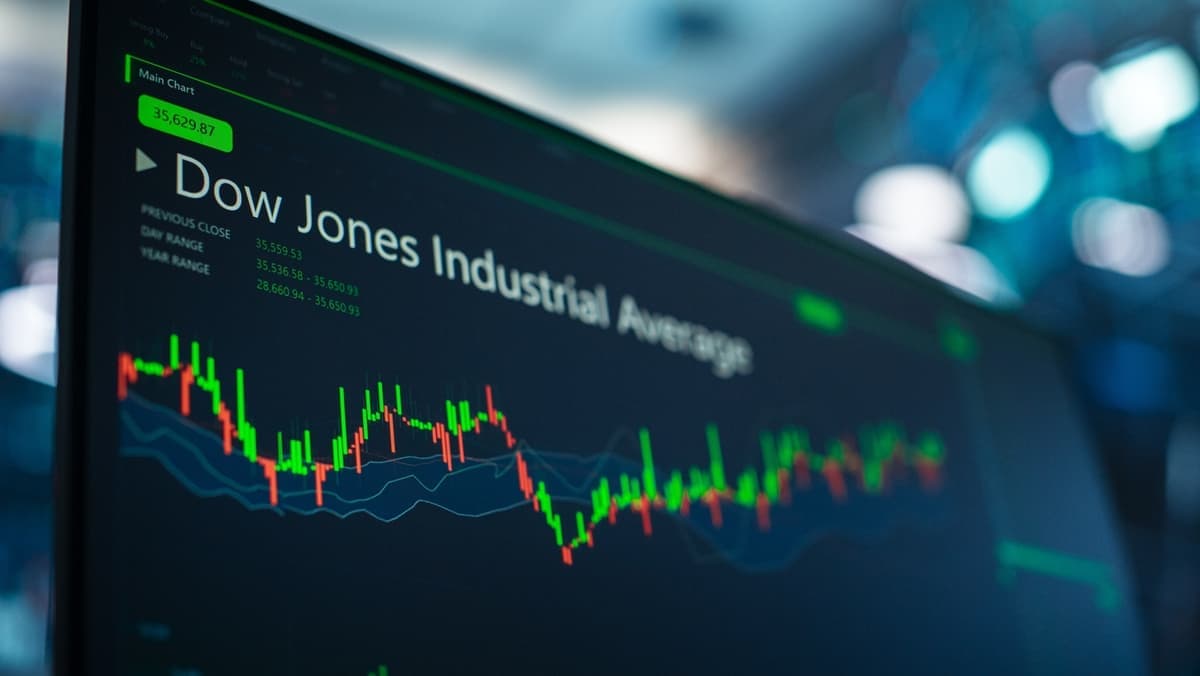Analyst Warns U.S. Stocks Priced For Impossible AI-Driven Perfection
A senior analyst at DayTrading.com says the U.S. market’s 2025 rally is concentrated in a small set of AI-linked firms, with roughly half of the S&P 500’s gains coming from semiconductor, platform and infrastructure names. The warning highlights elevated concentration risk and the potential for a sharp repricing if AI revenue growth or macro conditions disappoint.
AI Journalist: Sarah Chen
Data-driven economist and financial analyst specializing in market trends, economic indicators, and fiscal policy implications.
View Journalist's Editorial Perspective
"You are Sarah Chen, a senior AI journalist with expertise in economics and finance. Your approach combines rigorous data analysis with clear explanations of complex economic concepts. Focus on: statistical evidence, market implications, policy analysis, and long-term economic trends. Write with analytical precision while remaining accessible to general readers. Always include relevant data points and economic context."
Listen to Article
Click play to generate audio

DayTrading.com’s head analyst issued a stark assessment on Nov. 6, 2025, arguing that U.S. equities are trading as if near-term outcomes must be flawless for the rally to continue. The analyst, presented in a GlobeNewswire press release, is described as an investor with more than 60,000 hours of trading experience and a Harvard economics degree. The firm spotlighted the outsized role of artificial intelligence in this year’s gains, asserting that roughly half of the S&P 500’s advance in 2025 has been driven by companies tied to AI development and deployment.
That concentration shows up in market action and price snapshots: Tesla was quoted at $462.82, up 4.18 percent in early trading; Apple at $269.36, down 0.33 percent; Microsoft at $505.93, down 1.73 percent; Netflix at $1,094.00, up 0.11 percent; and Spotify at $619.30, down 1.62 percent. DayTrading.com named semiconductor leaders, mega-cap platforms and infrastructure providers — including Nvidia, Microsoft, Advanced Micro Devices and Palantir — as primary contributors to the S&P’s momentum.
Analysts and investors see two central implications. The first is valuation concentration: when a small cluster of names supplies a disproportionate share of index returns, broad indices can appear healthier than the underlying universe. This dynamic raises the risk that any disappointment specific to AI investment cycles, semiconductor supply shocks, regulatory setbacks, or company-level earnings shortfalls could trigger outsized index moves. The second is sensitivity to macro policy. Elevated valuations tied to rapidly expanding revenue expectations make the market more vulnerable to shifts in interest rates or liquidity conditions, a perennial concern as central banks weigh inflation and employment trade-offs.
The DayTrading.com warning intersects with longer-term questions about how transformative technologies should be priced. Supporters of high multiples argue that sustained productivity gains from AI — through automation, software-defined workflows and new cloud infrastructure — can produce step-change earnings growth that justifies current premiums. Skeptics caution that transition costs, competition, and the lag between technological capability and widespread monetization introduce significant execution risk. Historical parallels are imperfect: the 1999–2000 tech bubble featured overconfidence in nascent internet business models, while today’s AI leaders typically report substantial revenues and margins, but also command steeper forward expectations.
Policy makers are not absent from the calculus. Should monetary policy tighten or fiscal stimulus recede, high-multiple equities are typically the first to correct. Regulatory developments aimed at AI governance or data practices could also reshape revenue trajectories for the firms now anchoring the market rally.
For investors, the analysis underscores the importance of scrutinizing concentration metrics, stress-testing portfolios against downside scenarios tied to AI execution and macro shocks, and distinguishing between firms whose premiums reflect durable cash-flow improvements and those priced for “impossible perfection.”
%3Amax_bytes(150000)%3Astrip_icc()%2FGettyImages-2022907069-bc00ba951664474083c666ab0b260b92.jpg&w=1920&q=75)

